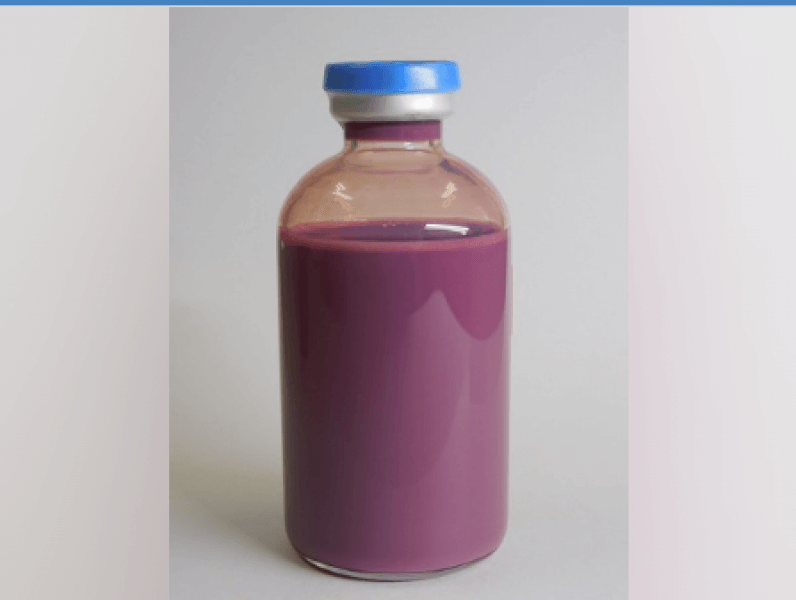Universal Artificial Blood Could Save Lives by 2030 — Here’s How . In a groundbreaking medical breakthrough, Nara Medical University has developed a universal artificial blood that could forever change how doctors respond to emergencies. This innovative creation works with all blood types, eliminating the critical need for type matching during transfusions — one of the most time-consuming and life-threatening challenges in trauma care.
What makes this artificial blood even more extraordinary is its stability and portability. Unlike traditional human blood, which requires strict refrigeration and careful storage, Nara’s synthetic version remains stable at room temperature. This makes it an ideal solution for use in ambulances, helicopters, disaster zones, and remote field hospitals, where access to refrigeration and matched donors is often impossible.
The project is currently undergoing phase-one clinical trials in collaboration with Chuo University and the National Defense Medical College. Early results have been promising, showing that the artificial blood not only transports oxygen efficiently but also carries platelets and plasma-like components that promote clotting and healing. If future trials continue to succeed, this innovation could enter global use by 2030, saving countless lives in war zones, natural disasters, and medical emergencies.

One of the most remarkable aspects of Nara’s universal blood is its synthetic hemoglobin, which mimics the oxygen-carrying capacity of real red blood cells. This engineered molecule can safely bind and release oxygen in the human body without causing immune reactions — a common problem with previous attempts at artificial blood substitutes. By solving the compatibility issue, Nara Medical University’s research team has achieved what many scientists once thought impossible.
The potential applications are vast. Military medics could use it in the field without worrying about blood type; emergency responders could administer transfusions immediately after accidents; and hospitals in developing regions could store life-saving supplies without refrigeration. The ripple effect of this technology could dramatically reduce preventable deaths from blood loss worldwide.
If successful, Nara’s universal artificial blood will stand as one of the most transformative medical innovations of the 21st century. It combines advanced biotechnology with practical design, addressing one of healthcare’s oldest limitations. By 2030, the sight of doctors rushing to find a compatible donor could be a thing of the past — replaced by a single, life-saving solution ready for anyone, anywhere, anytime. Universal Artificial Blood

